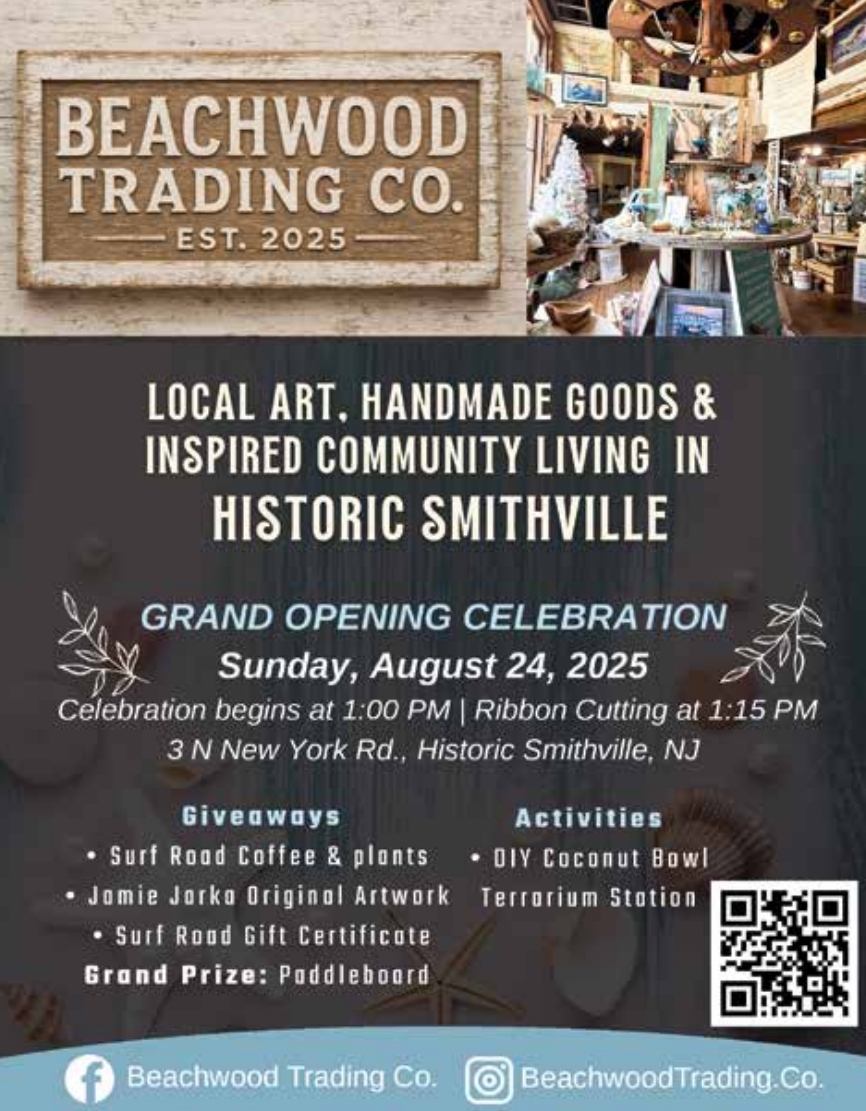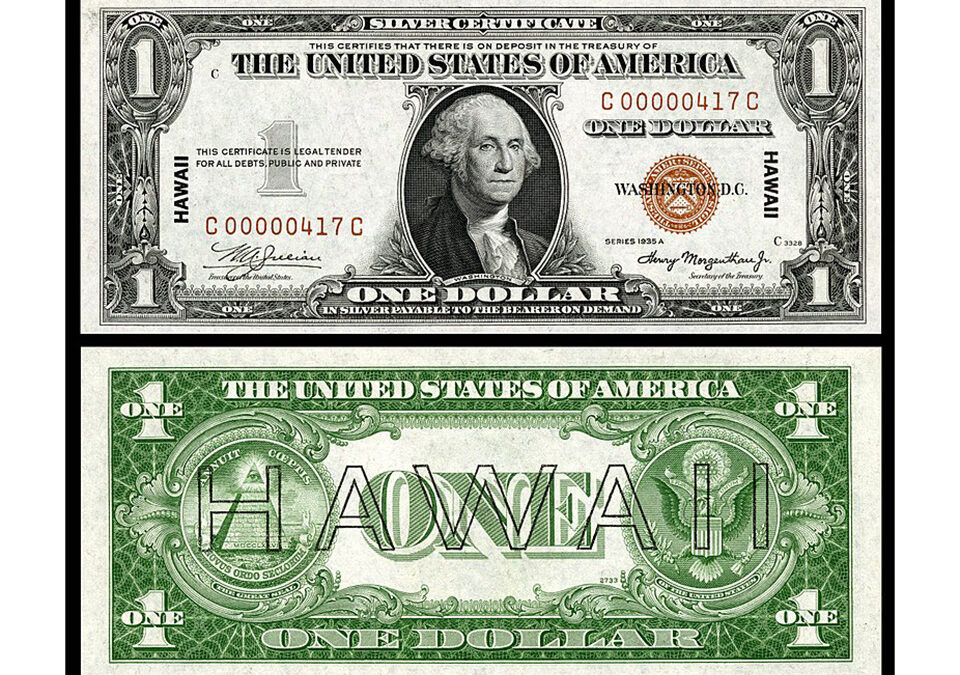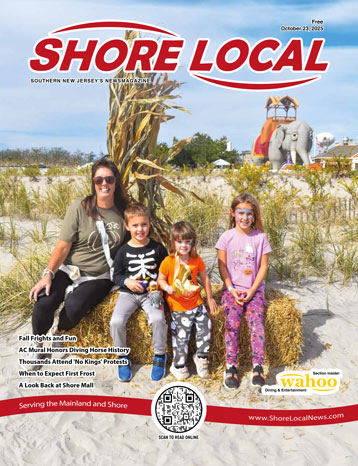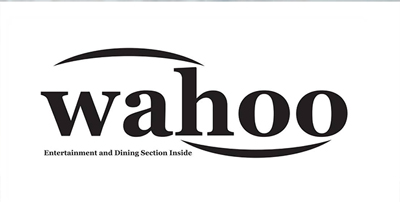During wartime, governments have often had to adapt their currency — either to prevent counterfeiting or to designate notes for special use. In World War II, the U.S. government altered the appearance of paper money depending on where it would circulate.
Large sums were required to support military operations overseas, not only in gold but also in paper money. Supplies had to be purchased, spies needed to be paid, and soldiers and support staff required wages. While much came from the U.S., there was still a need to obtain goods locally. Suppliers naturally wanted payment. In some cases, goods were sold to both sides, and sellers often demanded something more reliable than paper money in case they backed the losing side. Those who grew too greedy sometimes saw their merchandise seized at gunpoint.
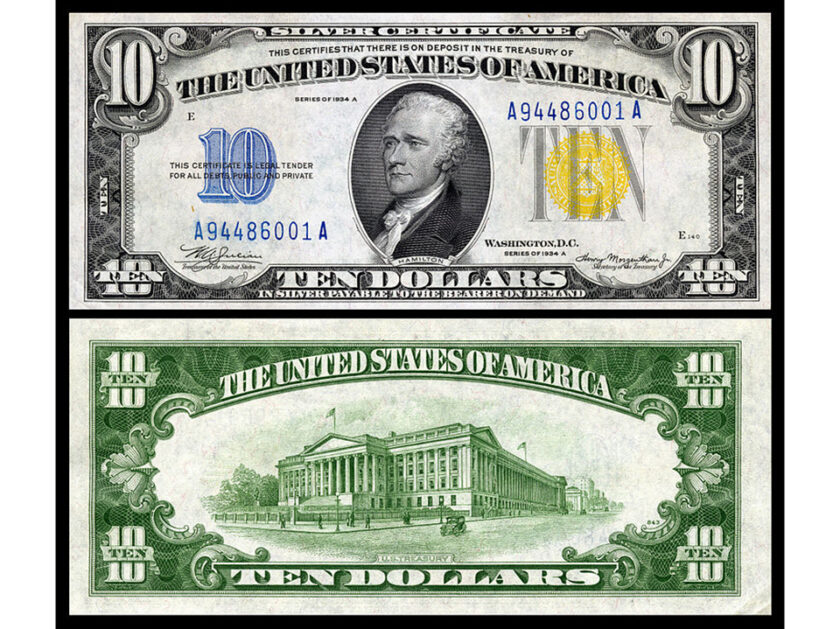
The United States and its allies fought the war on two fronts: against the Japanese in the Pacific and against the Germans and Italians in North Africa. Because Germany controlled most of Europe and was moving into North Africa in pursuit of oil fields, the Allies needed to halt their advance and push them back to the continent. To manage funds in these regions, the U.S. created two special types of currency. The notes were distinct enough to be recognized easily, but not so different as to make production costly. If the enemy captured a stockpile of notes, the government could void that design to prevent its use.
North Africa design: These notes were the simplest alteration. The color of the Treasury seal was changed to yellow. They were printed in $1, $5 and $10 denominations.
Pacific Theater design: These notes featured brown Treasury seals and serial numbers, along with the word Hawaii printed vertically on both sides of the front and across the back. They were issued in $1, $5, $10 and $20 denominations.
Both styles were printed in large quantities. While not rare, they remain desirable collectibles and serve as a tangible link to a pivotal time in history.
Douglas Keefe and his wife Linda are owners of Beachcomber Coins and Collectibles in Egg Harbor Township. It is their only location.


